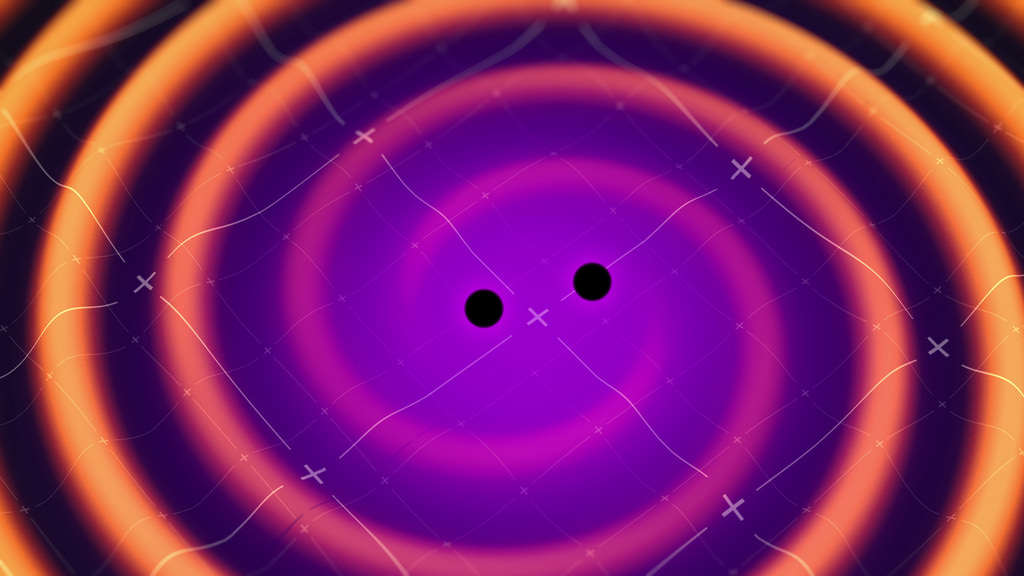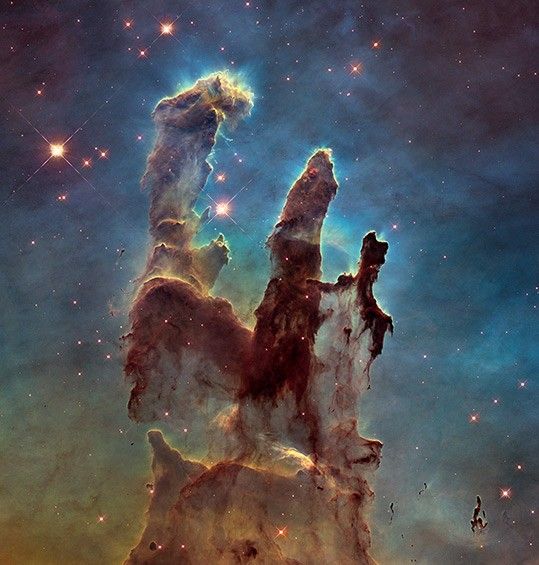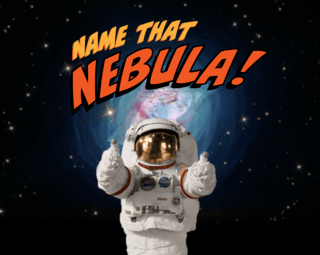Gravitational waves are invisible ripples in the fabric of space-time that propagate at the speed of light. They are the signature of the most violent events in the universe: the energetic collapse of a star, the collision of two stellar remnants, or even the gravitational echoes of the big bang. As each wave rolls by, anything along its path gets stretched and squeezed by gravity.
Scientists have speculated about the existence of gravitational waves since the late nineteenth century. It wasn’t until 1916 that Albert Einstein surmised that such waves are a direct result of his general theory of relativity.
General relativity reveals that gravity is the consequence of mass warping space-time itself, so more massive objects, like black holes, create even greater distortions. Einstein also deduced that massive objects moving quickly would cause ripples in the fabric of space-time. Much like ripples in a pond, the result is the release of gravitational waves.
Across the vastness of space, gravity acts very weakly. Therefore, gravitational waves tend to be small and weak as well. Their source needs to be massive enough to create a dramatic warp for us to detect. An explosive supernova can create gravitational waves, and so can the merger of a binary system consisting of collapsed stars such as black holes. The creation of the universe from billions of years ago also left behind remnants of gravitational radiation.
These extreme events tend to occur very far away from us. By the time they reach Earth millions to billions of years later, the waves’ effects have significantly weakened. Detecting minute changes in space-time comes down to a fraction of the width of a proton, and the best way to do so is with laser interferometry. This method uses the interference of two laser beams of light to directly measure the infinitesimal change. The ground-based Laser Interferometer Gravitational-Wave Observatory, also known as LIGO, detects these waves with high accuracy.
Locating the source, however, is another matter. When the release of gravitational waves is accompanied by light, scientists can use that to identify the source. One event detected by LIGO involved the transient flash of a gamma-ray burst and a kilonova — an immense explosion that is more energetic than a nova, and less than a supernova. This was caused by the merger of two neutron stars, which are stellar cores densely packed with neutrons. The sudden burst of light allowed Hubble to observe the source by using its expansive suite of instruments and to show the location of the kilonova within the context of its host galaxy.
With its ability to see in visible and infrared light, Hubble examined the flare through its spectrum. The analysis revealed the motion and chemical composition of the kilonova’s aftermath, reliably pinpointing it as the source for the gravitational waves. Other observatories also looked at the same patch of sky to reveal more information about the kilonova.
































